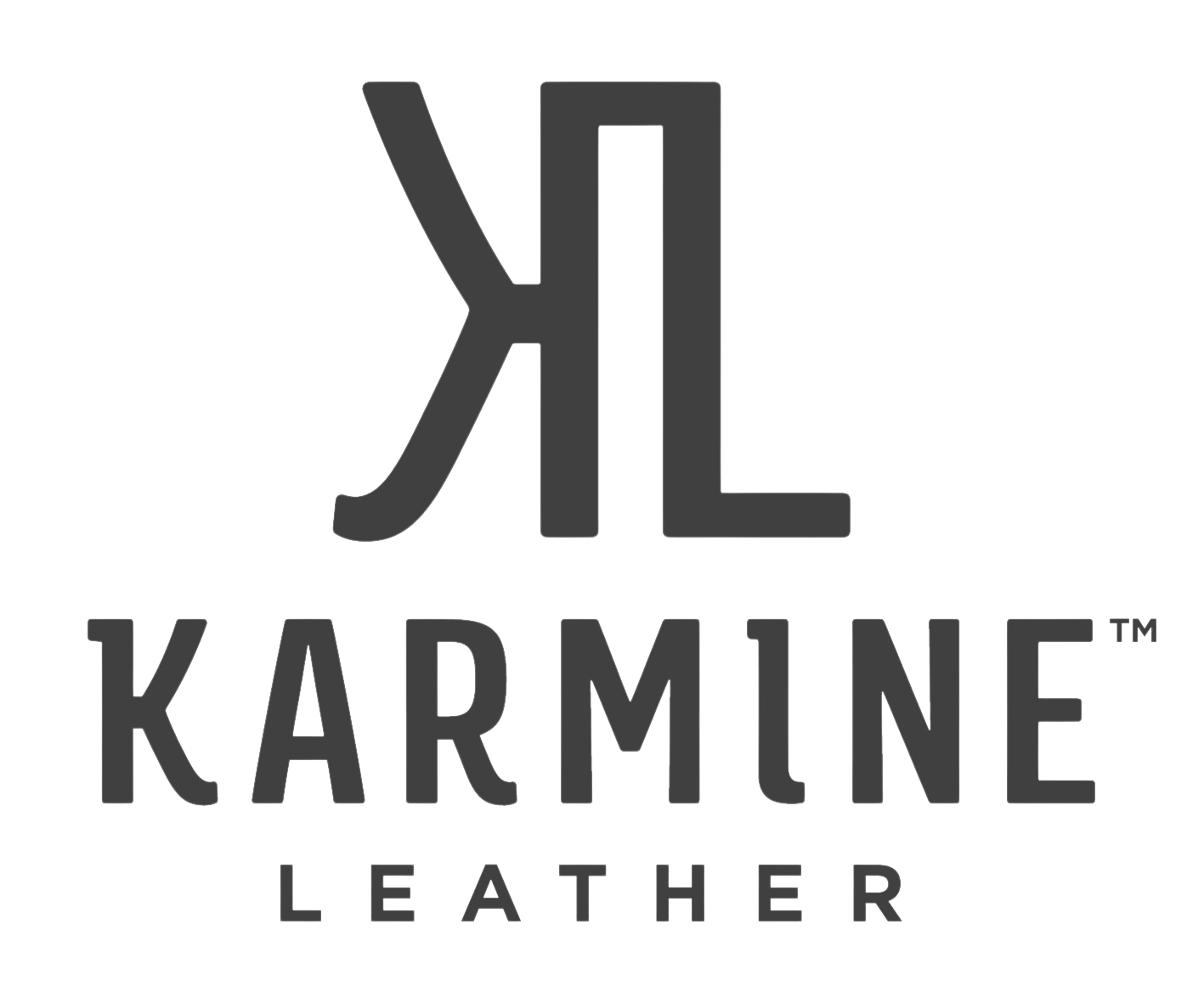Chances are if you are interested in learning leathercraft, you already know how to sew. Basic sewing skills working with fabric are a great place to start. However, you will need to understand the differences between working with leather and fabrics. Read on to learn more.
Know the differences between leather and fabric

Leather has many different types of fibres, which means it has different looks, feels and dyes depending on which type you choose. There are many types of leathers available for use in various projects, such as suede, nubuck and upholstery leathers. Each type has its own properties that make it suitable for specific uses such as footwear or garment making. While leather is a heavier material to make your project from, it takes time to become used to handling sewing it.
Kangaroo leather is one of the strongest, lightest, and most natural types of leather available due to the unique structure of the collagen fibres in their skin, making it comfortable and exceptionally durable. It’s usually thinner, too, given you can make any leather goods that are barely a millimetre thick (Cowhide are usually 1.4 to 2 millimetres.)
There are two main types of leather: vegetable-tanned and chrome-tanned, which comes with different qualities and finishes. Read more about the difference between chrome and vegetable-tanned leather here.
Fabric is made from plant fibres, animal fibres like wool or a variety of synthetic fibres like polyester. Which are woven together using different patterns to create various textures and colours. These fabrics can be used for just about anything: clothing, curtains, tablecloths or even bags! Generally, it is easy to sew and materials are readily available in haberdashery stores.
How to sew with leather
A common question we receive here is, can I use my domestic sewing machine for kangaroo leather? Yes you can, due to the lighter weight properties of chrome kangaroo leather you can easily sew your project. You will need a leather needle, these are available from any haberdashery store. Adjust your stitch length to 2.5mm or 3mm. Always test your sewing machine tension on a piece of leather, two layers is best as you will be sewing seams together. Make sure your leather is feeding through your machine well, no puckering or loose threads. Similarly to how you’d test fabric, once you’re happy you can get started.
We recommend sewing our veg tan leather by hand, we have sewing thread kits in our store available in white, brow or black.
We have a variety of tools online that assist with your leather project:
- Bone folding tool – Turn out corners and edges accurately
- Scissors
- Cutting Knife (with 5 additional blades)
- Cutting Board
- Awl – Mark out your veg tan leather
Click here to get the checklist of everything you need to get started.
It may take a little time to become used to the way leather handles compared to fabric. Start with small projects like keyrings, a coin purse or a simple wallet style. Over time you’ll become confident to make bigger projects like bags or anything else that you are inspired to make.
Assistance and advice: We have the experience and expertise to set you in the right direction if you require any assistance or advice. Simply contact us by phone or email.
We pride ourselves on quality craftsmanship that makes our products unique and long-lasting - Karmine Leathercraft

